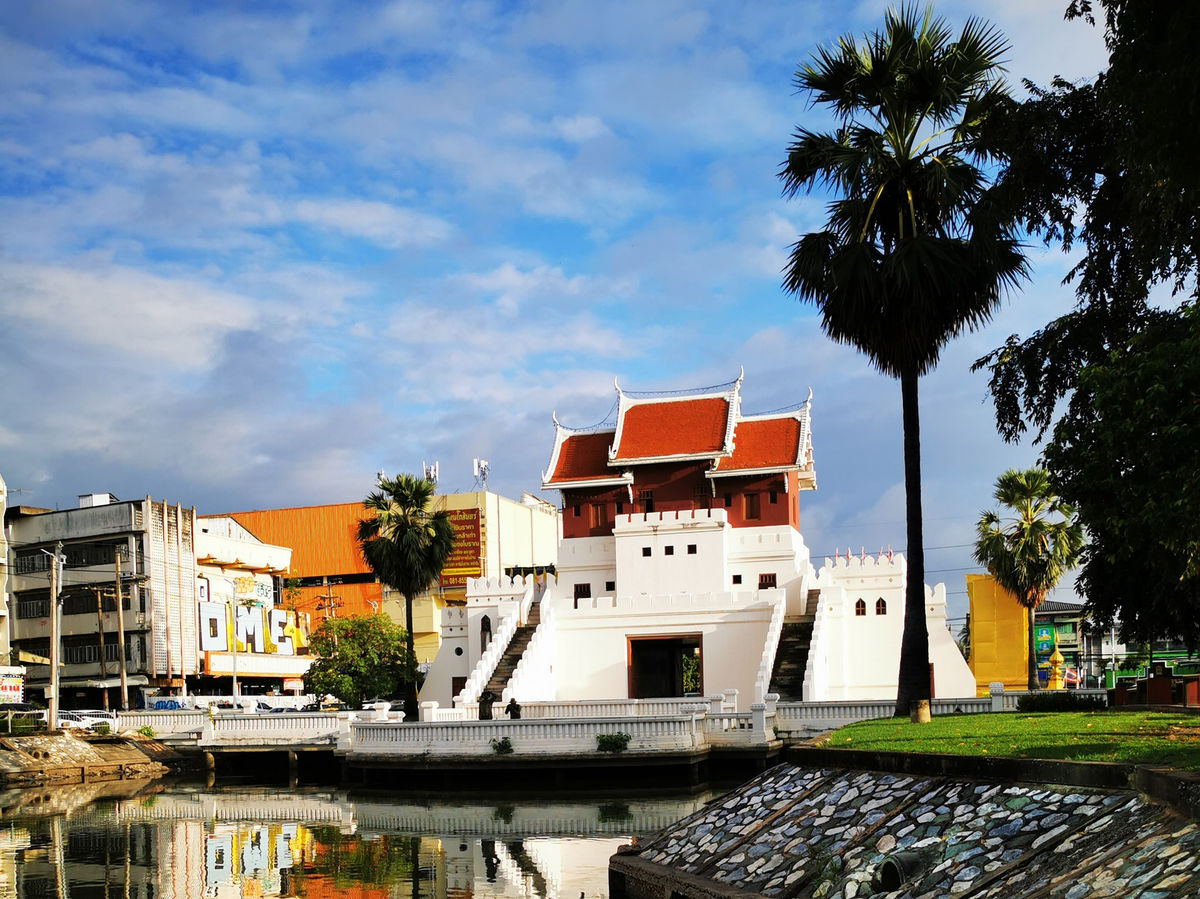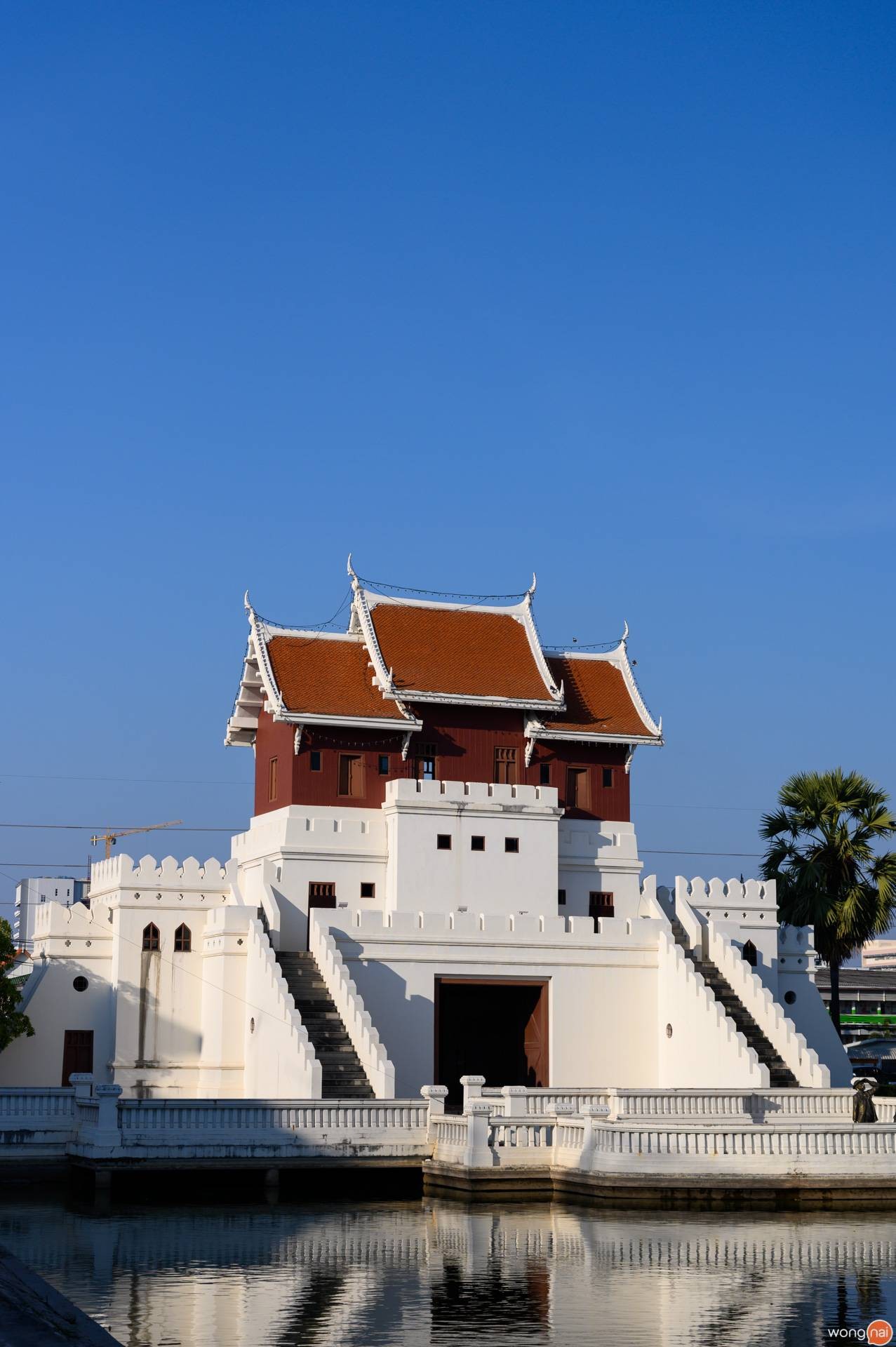Overview
"A One-Day Train Trip to Nakhon Ratchasima"
If you're looking for a short trip that’s full of charm, Nakhon Ratchasima is a destination worth visiting. It’s easy to get to, and many interesting places are located not far from the train station—making train travel a fun and affordable choice.
Start your day with a visit to Wat Pa Salawan (Luang Por Phut), a peaceful and shady temple that houses sacred relics of highly respected monks such as Luang Pu Sao, Luang Pu Mun, and Luang Pu Singh, who was also the former abbot and founder of the temple.
Next, head to the Thao Suranari Monument (Ya Mo), a must-visit spot that honors the heroic woman of Korat. The area around the monument is lively and filled with cultural attractions, including the Korat City Miniature Gate, located nearby.
Before you leave, don’t miss a stop at Wat Sala Loi, a historic temple that holds a special place in the hearts of local people. Its unique architecture and calm atmosphere make it a perfect final stop to end your trip.
Whether you're just visiting for the day or spending a bit more time, Nakhon Ratchasima welcomes you with a charm that’s truly its own.


